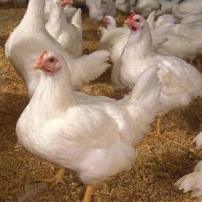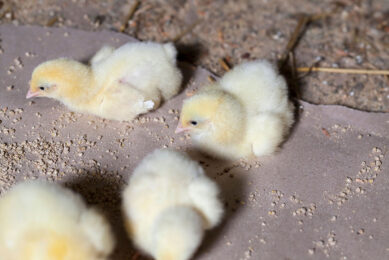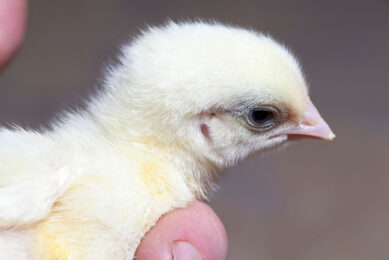Commercial birds miss half the genetic diversity native to the species

Scientists have discovered that, on average, super-productive modern chickens have lost more than half the genes present in ancestral populations.
The consequence of this is that the birds are more vulnerable to diseases such as avian influenza.
Purdue University’s Bill Muir and colleagues used the recently sequenced chicken genome to measure genetic diversity across these lines, and compared it with 19th century breeds and wild chickens. They found that chickens had lost a lot of genetic diversity before modern breeders got started. Some have even lost 90%.
“Just what is missing is hard to determine,” Muir said. “But recent concerns over avian flu point to the need to ensure that even rare traits, such as those associated with disease resistance, are not totally missing in commercial flocks.”
He said it’s also important to preserve non-commercial breeds and wild birds for the purpose of safeguarding genetic diversity and that interbreeding additional species with commercial lines might help protect the industry.
Small genetic differences exist
In the19th century, breeders turned the common European chicken into breeds such as the White Leghorn – white birds with identical combs that laid a single white egg daily, reports New Scientist.
“The basic level of inbreeding was already 10% when modern poultry companies came into being,” said Muir. This means 10% of the genes of any 2 birds from the 4 classic breeds that were adopted by modern producers are already identical.
Commercial breeding has pushed this commonality to 15% over the whole industry. That makes any two chickens more closely related than aunts and nieces in a typical human population, who on average share 12.5% of their genes.
Most of the remaining genetic differences are between different companies’ breeding lines, which never cross. Within lines, though, much more has been lost.
Lines of chickens bred for eating share at least 30% of their genes. Some lines of laying hens share a staggering 90% of genes – meaning they have also lost 90% of their potential diversity.
Breed DNA back
Scientists want to breed DNA for traits such as disease resistance or “animal well-being” back into commercial birds without introducing undesirable traits. However, in-breeding is a concern with chickens, as the industry is dominated by a few big corporations that produce billions of birds from a handful of private breeding lines.
Source: New Scientist.
* These findings have been published in The Proceedings of the National Academy of Sciences.
Join 31,000+ subscribers
Subscribe to our newsletter to stay updated about all the need-to-know content in the poultry sector, three times a week. Beheer
Beheer








 WP Admin
WP Admin  Bewerk bericht
Bewerk bericht